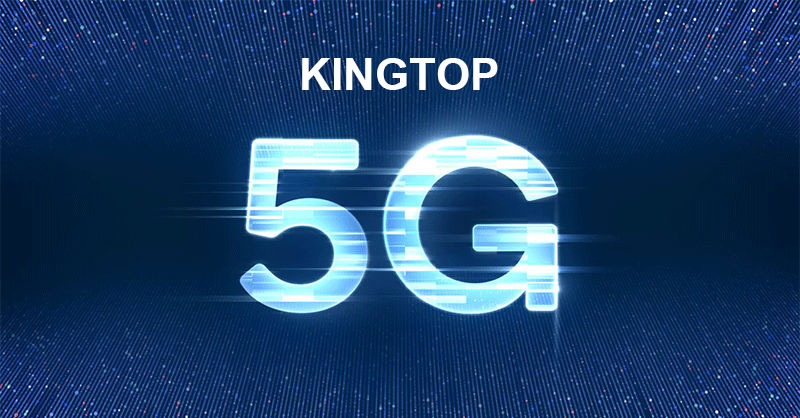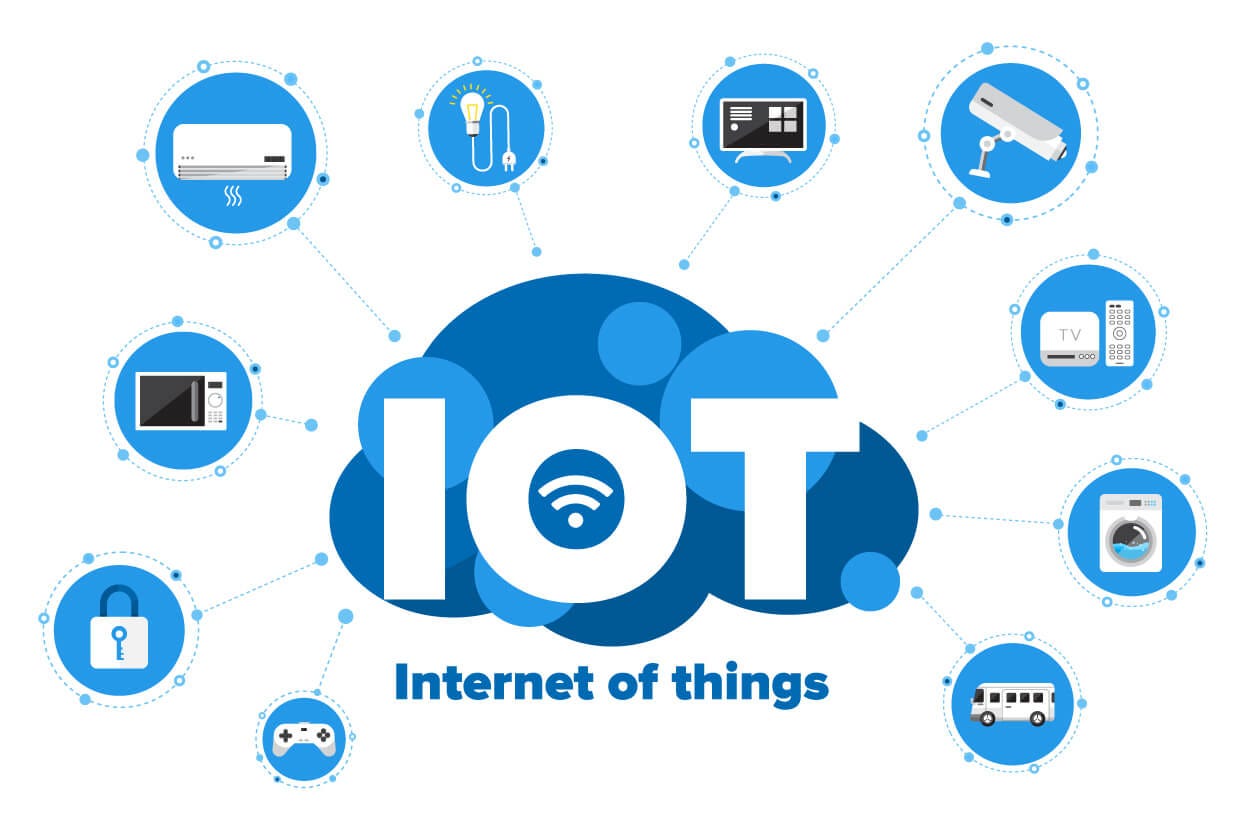Unleash the power of lightning-fast connectivity with our comprehensive guide to 5G! As the world shifts at high-speed toward a more digital era, the advent of 5G technology stands as a revolutionary milestone. With the potential to transform the way we work, play, communicate, and interact with the world, 5G is more than just a wireless upgrade – it’s a game-changer. Our guide will navigate you through the ins and outs of this groundbreaking technology: its strengths, challenges, and the opportunities it presents. Whether you're a tech enthusiast, a business visionary, or simply a curious mind, this guide is tailored to unravel the mysteries of 5G. So, buckle up and get ready to dive into the exhilarating world of 5G technology!
What is the definition of 5G technology?
5G, short for "fifth generation," represents the latest advancement in wireless technology. It is designed to provide unprecedented speeds, ultra-low latency, massive device connectivity, and enhanced reliability. With its advanced infrastructure, 5G is poised to revolutionize industries, enable new applications, and transform the way we live, work, and interact with our environment.

The Evolution of Mobile Networks: From 1G to 5G
The first mobile network was implemented by NTT Docomo in Japan in 1979, but it wasn't until 1981 that the first commercial service was introduced. It didn't gain widespread popularity in its early days, however, largely due to its very limited functionality and high cost. In fact, the network was so expensive that many people bought a second phone for work and another one for personal use—this was during a time when phones were very rare and expensive items. It wasn't until 1983 that Bell Canada launched its own network that consumers could actually buy into, followed by other countries launching their own services over the next several years.
Then came 2G in the early 1990s, introducing digital signals and enabling functions like text messaging.The turn of the century brought us 3G, achieving faster speeds and allowing for video calling and mobile data. Next, 4G arrived in 2009, offering even faster speeds and the ability to support high-definition (HD) video and high-quality voice calls. Now, we're on the brink of a new era with 5G.5G technology is not just an upgrade; it's a major leap forward. It promises to deliver speeds up to 100 times faster than 4G, extremely low latency (delay in data transfer), and the capacity to connect a vastly greater number of devices. It's a game-changer.
What are the features of 5G technology?
5G technology, or the fifth generation of wireless technology, represents a significant leap forward in terms of network capabilities and performance. It brings several key advancements that differentiate it from its predecessors. Here are five features that define 5G technology:
Enhanced Speed and Capacity: The 5G technology that is now being rolled out is increasing the speed of wireless data transmission by as much as tenfold. This means that downloading music, video, or games will be much faster than ever before. It also means that streaming media is becoming more practical and will be even easier to access in the future. Streaming services such as Pandora and Hulu have been around for a while now, but the next generation of mobile technology will make them even better. In addition to enhanced speed and capacity, this new 5G network will also add in smart antennas, which can send signals from one specific location to many devices across a broad area. This is a big step forward for the Internet of Things, because it allows for communication between devices without having to set up a direct connection between each device individually.
Low Latency: Latency refers to the time it takes for data to travel between its source and destination. 5G technology drastically reduces latency compared to previous generations, aiming for ultra-low latency of 1 millisecond (ms) or less. 5G's low latency ensures real-time interactions and near-instantaneous response times. This is particularly crucial for industries that rely on time-sensitive applications, such as financial services, e-commerce, and autonomous vehicles.
Massive Device Connectivity: 5G technology is designed to accommodate the growing number of connected devices in today's world. It offers support for a massive number of simultaneous connections per unit area, allowing a significant increase in the number of devices that can connect to the network.
Network Slicing: Each slice can have unique characteristics, such as different speed, capacity, and latency requirements, enabling operators to offer customized services for diverse industries like healthcare, transportation, and manufacturing.
Enablement of New Technologies: 5G technology acts as a catalyst for various cutting-edge technologies.It is the newest iteration of cell phone network standards that would be the means by which we access the Internet and send information. The current standard in US is 4G, which has been used for nearly a decade now. There are plenty of benefits to 5G that aid in its widespread use and adoption. For instance, 5G is going to be much faster than 4G and will allow for better video streaming experience. Cell phones will also be able to upload and download data at a much faster rate than they can right now.

What is the difference between 4G and 5G technology?
While 4G technology has been a significant step forward in mobile connectivity, 5G takes it to a whole new level. The key differences between 4G and 5G lie in speed, capacity, latency, and network architecture. 5G networks are capable of delivering download speeds up to 20 times faster than 4G, reaching multi-gigabit per second speeds. This blazing-fast speed enables instant data transfers, seamless video streaming, and immersive virtual and augmented reality experiences.
Moreover, 5G offers significantly lower latency, reducing the delay between devices and the network to almost negligible levels. Additionally, 5G's massive device connectivity allows for up to a million devices to be connected within a square kilometer, enabling the Internet of Things (IoT) to flourish.
What are the benefits of using 5G technology?
For example, 5G technology will make it possible to create more immersive virtual and augmented reality experiences, which could have applications in fields like education, entertainment, and healthcare. It will also enable the development of more advanced autonomous vehicles and smart cities, which could help us reduce traffic congestion, improve public safety, and conserve energy.In addition to these exciting new applications, 5G technology will also have a number of more practical benefits for everyday users. For example, it will make it easier and faster to download and stream high-quality video content on our smartphones and tablets, which will be great news for anyone who enjoys watching movies and TV shows on the go. It will also make it easier to work remotely, as we'll be able to connect to the internet and collaborate with colleagues from virtually anywhere.
Another benefit is to develop a new and innovative products. For example, it will make it possible to create more advanced home automation systems, which could help us save energy and improve our quality of life. It will also make it easier to monitor and manage our health, as we'll be able to use wearable devices and other sensors to track our vital signs and detect potential health problems.
What commercial value can 5G technology bring?
One of the key commercial advantages of 5G lies in its ability to enhance productivity and efficiency. With faster download and upload speeds, businesses can transfer large amounts of data swiftly, enabling quicker decision-making and smoother operations. Tasks that previously took hours can now be completed in minutes, empowering businesses to be more agile and responsive to market demands.
Facilitates the widespread adoption of the Internet of Things
5G technology also facilitates the widespread adoption of the Internet of Things (IoT). Wearable technology products, smart homes, smart cities, automobiles, medical devices—many IoT applications are being developed worldwide to meet the growing need for connectivity.As we enter what is being called the "5G Era", it's worth taking a look at what 5G technology has to offer and how it might be used to create more value in our lives. 5G technology has already started to emerge, and is expected to matriculate into mainstream use over the next three years. When it does, it will bring about many surprising benefits for our society such as better traffic management and much lower latency speeds – which translates into much faster response times from connected devices. Industries such as manufacturing, agriculture, and logistics can optimize their processes, reduce costs, and drive innovation through the integration of 5G-enabled IoT solutions.

unlocks new opportunities for businesses
In addition, 5G technology unlocks new opportunities for businesses in sectors like augmented reality (AR), virtual reality (VR), and mixed reality (MR). The high-speed and low-latency nature of 5G enables seamless streaming of immersive content, transforming industries such as entertainment, gaming, tourism, and advertising. Companies can create engaging experiences for customers, driving revenue growth and brand differentiation.
A catalyst for innovation and entrepreneurship
With 5G's network slicing capabilities, businesses can tailor their offerings to specific market segments and customer needs, delivering customized solutions and gaining a competitive edge.
The commercial value of 5G extends beyond traditional industries, fostering the emergence of new business models and revenue streams. From smart cities to remote work solutions, from edge computing to 5G-enabled healthcare services, businesses have the opportunity to tap into new markets and disrupt existing ones.
Conclusion: The Future with 5G Technology
In conclusion, 5G technology is much more than the next generation of mobile networks. It's a technological revolution that promises to transform our world. While there are challenges to overcome, the potential benefits are immense.
The future with 5G technology is exciting. It promises to connect us in ways we've never been connected before, and open up new possibilities in numerous fields. As we continue to explore what is 5G technology and its potential, one thing is clear: the future of connectivity is here, and it's 5G.


 French
French German
German Arabic
Arabic Italian
Italian Spanish
Spanish Japanese
Japanese Persian
Persian Korean
Korean Chinese (Simplified)
Chinese (Simplified)









